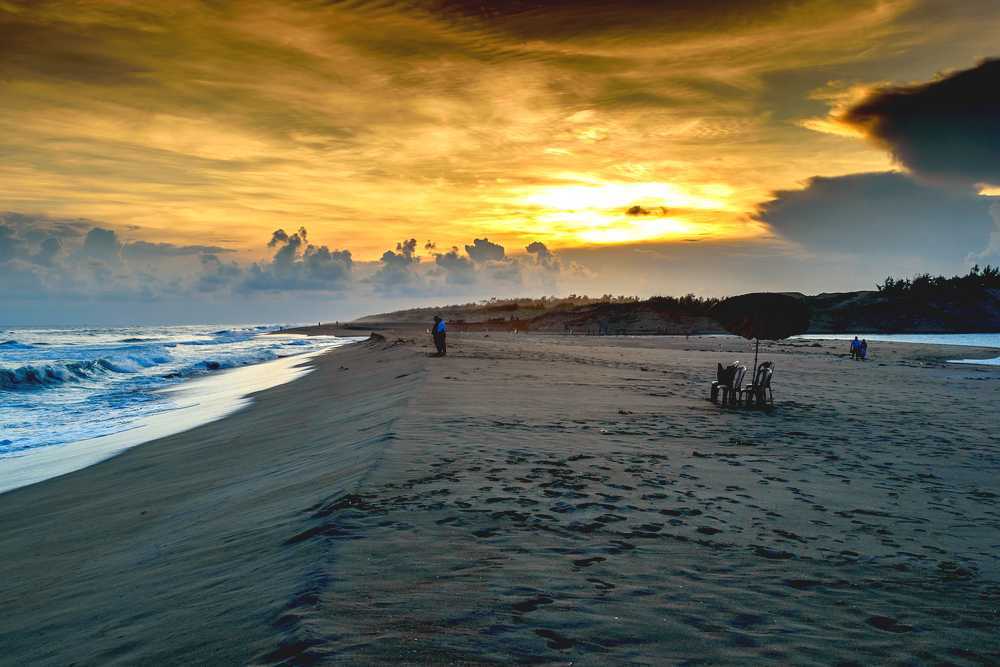
Puri, located on the eastern coast of Odisha, is one of India’s most revered pilgrimage destinations and a vibrant coastal city. Famous for the iconic Jagannath Temple, it holds immense spiritual significance for Hindus and is one of the four sacred Char Dham sites. The annual Rath Yatra (Chariot Festival) attracts millions of devotees from across the globe, creating a grand spectacle of devotion, color, and tradition. Beyond its religious importance, Puri’s warm and welcoming atmosphere makes it a favorite for travelers of all kinds.
The Puri Beach is another major highlight, offering golden sands, rolling waves, and stunning sunrises that draw both pilgrims and holidaymakers. It’s a great spot to enjoy camel rides, taste local seafood delicacies, or simply relax while watching fishermen bring in their daily catch. Art lovers can explore the nearby heritage crafts of Pattachitra paintings in Raghurajpur, a village dedicated to preserving Odisha’s ancient art forms.
Puri also serves as a gateway to other remarkable destinations like Chilika Lake, Asia’s largest brackish water lagoon, famous for migratory birds and playful Irrawaddy dolphins. The city’s streets are filled with bustling markets where one can shop for seashell crafts, appliqué work, and vibrant textiles that reflect Odisha’s cultural richness.
Whether you visit for faith, leisure, or culture, Puri offers a perfect blend of spirituality, natural beauty, and heritage. The rhythmic chants from temples, the aroma of temple prasadam, and the refreshing sea breeze create an unforgettable experience for every traveler.
Best time to visit: October to February or June–July

Bhubaneswar, the capital city of Odisha, is often called the “Temple City of India” for its incredible collection of ancient temples showcasing Kalinga architecture. The city is home to over 700 temples, with the Lingaraj Temple being the most prominent, dedicated to Lord Shiva and dating back to the 11th century. Alongside its spiritual heritage, Bhubaneswar is a planned modern city that seamlessly blends tradition with urban development.
Beyond temples, Bhubaneswar offers cultural and historical landmarks such as the Mukteswara Temple, the ornate Rajarani Temple, and the ancient Udayagiri and Khandagiri Caves, which reflect Odisha’s Jain heritage. The city also boasts excellent museums like the Odisha State Museum and the Tribal Museum, which provide deep insights into the region’s history, art, and diverse tribal cultures.
With its clean streets, green spaces, and proximity to destinations like Puri and Konark, Bhubaneswar is both a great standalone destination and a perfect base for exploring Odisha’s famed Golden Triangle. The city’s vibrant markets, offering handicrafts, textiles, and street food like dahibara aloodum, add to its charm.
Best time to visit: October to February
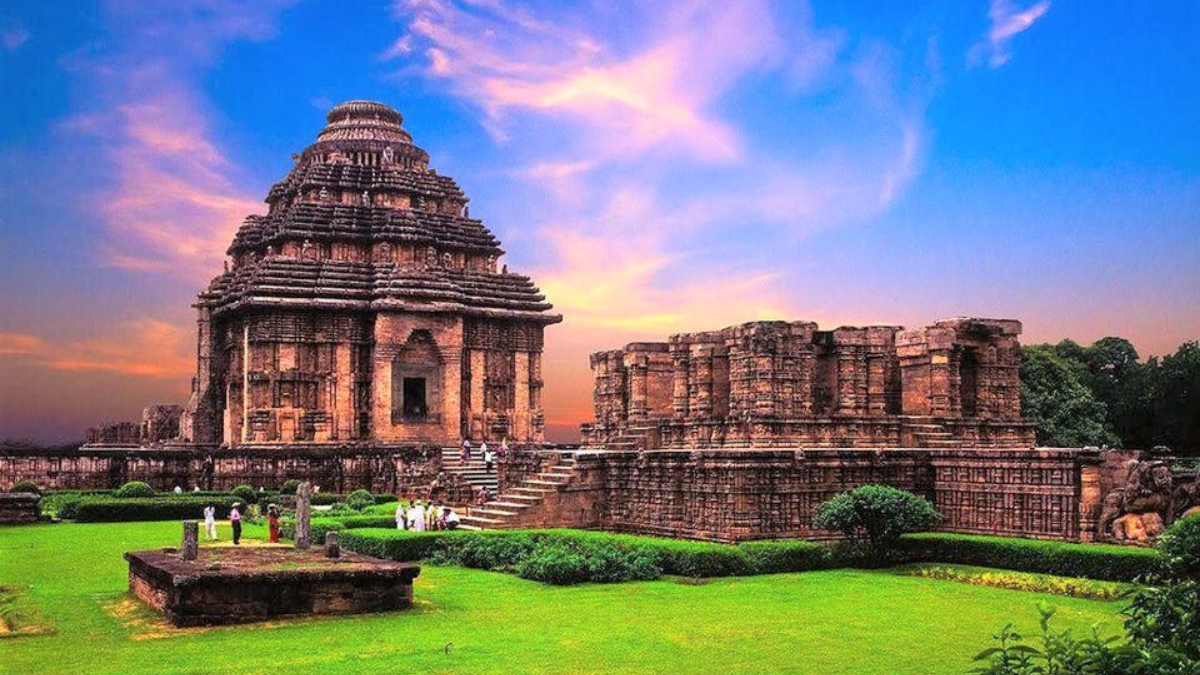
Konark, located on the eastern coast of Odisha, is world-famous for the magnificent Sun Temple, a UNESCO World Heritage Site. Built in the 13th century by King Narasimhadeva I, the temple is designed in the shape of a colossal chariot dedicated to the Sun God, Surya, with intricately carved stone wheels, horses, and walls depicting scenes from mythology and daily life. Although parts of the temple are now in ruins, its architectural brilliance and detailed sculptures continue to leave visitors awestruck.
Apart from the Sun Temple, Konark is known for its serene beaches like Chandrabhaga Beach, which is ideal for watching sunrises and enjoying the peaceful coastal atmosphere. The annual Konark Dance Festival, held in December, transforms the temple backdrop into an open-air stage, where renowned classical dancers from across India perform under the starlit sky, celebrating the country’s rich cultural heritage.
Konark is also a great place to explore Odisha’s traditional arts, crafts, and vibrant festivals. Visitors often combine their trip to Konark with nearby attractions like Puri and Bhubaneswar, completing the famous Golden Triangle circuit.
Best time to visit: October to February

Paradeep, located in the Jagatsinghpur district of Odisha, is a major seaport and an important hub for trade and commerce. Known for its deep-water port, it handles a large volume of cargo, especially minerals, coal, and iron ore, making it a significant contributor to India’s maritime economy. The port area is also equipped with modern facilities, attracting both industrial and commercial activities in the region.
Beyond its industrial significance, Paradeep offers scenic beauty with its pristine beaches and the confluence of the Mahanadi River with the Bay of Bengal. Paradeep Beach is a popular spot for relaxation, evening strolls, and enjoying fresh seafood. The area also has attractions like the Smruti Udyan (a memorial garden) and lighthouse, which offer great views of the coastline.
For nature enthusiasts, Paradeep serves as a gateway to Gahirmatha Marine Sanctuary, famous for the nesting of endangered Olive Ridley sea turtles. This makes the destination a blend of industrial importance and ecological charm.
Best time to visit: November to February
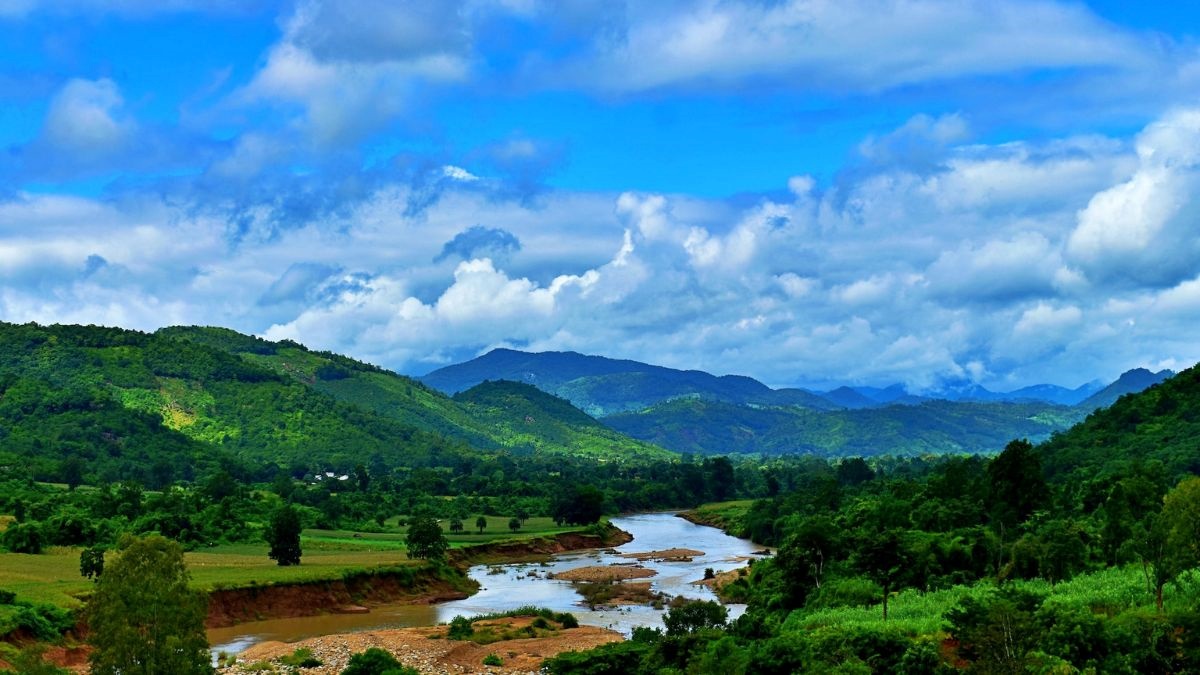
Daringbadi, often called the “Kashmir of Odisha,” is a picturesque hill station located in the Kandhamal district. Situated at an altitude of about 3,000 feet, it is known for its pleasant climate, lush pine forests, coffee plantations, and beautiful valleys. During winter, temperatures can drop significantly, and sometimes frost forms, adding to its charm. The region is also home to tribal communities, offering a glimpse into Odisha’s rich cultural heritage.
Nature lovers will find Daringbadi enchanting, with attractions like Hill View Park, Doluri River, and Belghar Sanctuary. The place is surrounded by spice gardens, coffee estates, and thick forests that make it perfect for long drives and photography. In the monsoon, the region comes alive with gushing waterfalls and verdant greenery, making it equally beautiful in the rainy season.
Adventure enthusiasts can enjoy trekking, nature walks, and birdwatching in and around Daringbadi. The quiet environment and fresh air make it a perfect retreat for those seeking relaxation away from city life. Local handicrafts and organic products like turmeric and honey are popular among visitors.
Best time to visit: November to February or July toSeptember

Tikarpada Wildlife Sanctuary, located along the banks of the Mahanadi River in Odisha’s Angul district, is a haven for nature and wildlife enthusiasts. Spread over lush green landscapes and riverine ecosystems, it is most famous for the Satkosia Gorge, where the Mahanadi cuts through the Eastern Ghats, creating stunning natural scenery. The sanctuary is home to a rich variety of flora and fauna, including tigers, leopards, elephants, gharials, and numerous bird species, making it an ideal destination for wildlife photography and eco-tourism.
One of the key attractions of Tikarpada is the Gharial Research and Conservation Unit, where visitors can learn about the breeding and conservation efforts for this rare crocodilian species. The serene riverbanks are perfect for boat rides, which offer opportunities to spot aquatic animals and birds in their natural habitat. Dense forests, dramatic cliffs, and tranquil waters make the sanctuary a perfect mix of adventure and relaxation.
For adventure seekers, Tikarpada offers activities like trekking, camping, and river rafting during certain seasons. The peaceful surroundings and rich biodiversity make it a great escape for those wanting to reconnect with nature. The combination of wildlife, scenic beauty, and conservation efforts makes Tikarpada a unique travel experience in Odisha.
Best time to visit: October to March
Simlipal National Park, located in the Mayurbhanj district of Odisha, is one of India’s most prominent tiger reserves and a UNESCO-recognized biosphere reserve. Spread over 2,750 square kilometers, it is named after the abundance of red silk cotton trees (Simul) that bloom vividly in the region. The park’s diverse terrain includes lush sal forests, grassy meadows, and rolling hills, providing a rich habitat for a variety of wildlife such as tigers, leopards, elephants, gaur, and several species of deer.
Apart from its wildlife, Simlipal is famous for its breathtaking waterfalls like Barehipani and Joranda, which cascade from great heights and add to the park’s natural charm. The park is also home to over 230 species of birds and 1076 species of plants, making it a paradise for nature lovers and bird watchers. Tribal villages inside and around the park offer a glimpse into the rich cultural heritage of the local communities.
Adventure enthusiasts can enjoy jungle safaris, trekking trails, and nature walks that reveal the park’s dense forests and scenic beauty. Simlipal’s unique mix of biodiversity, natural beauty, and cultural richness makes it an unmissable destination for eco-tourism in Odisha.
The park also plays a crucial role in conservation efforts, being part of India’s Project Tiger and home to several rare and endangered species like the four-horned antelope and the giant squirrel. Its serene environment, coupled with the soothing sounds of nature, makes Simlipal not just a wildlife destination but also a peaceful retreat for those seeking to disconnect from city life and immerse themselves in the wilderness.
Best time to visit: November to mid-June
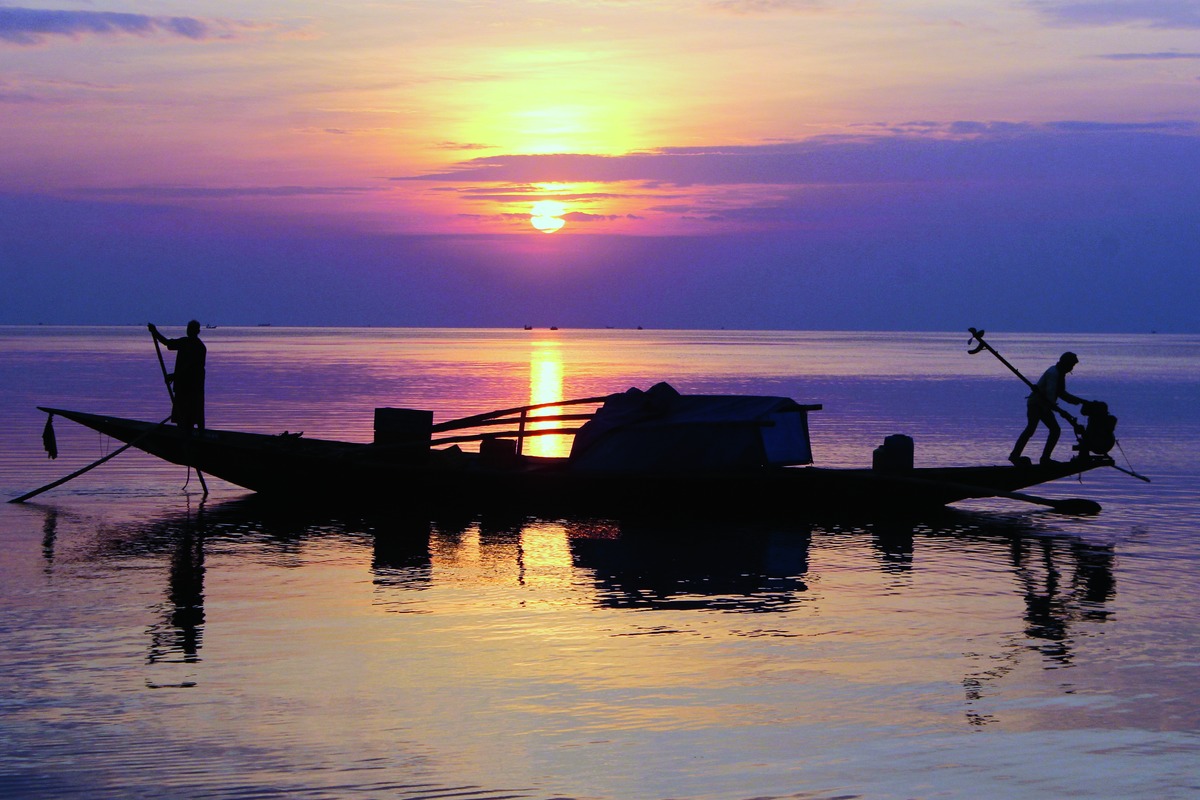
Chilika Lake, located on the eastern coast of Odisha, is Asia’s largest brackish water lagoon and a paradise for nature lovers. Spread over more than 1,100 square kilometers, the lake is a vibrant ecosystem that supports a wide variety of flora and fauna. It is particularly famous for being a wintering ground for migratory birds that travel thousands of kilometers from places like Siberia, the Caspian Sea, and Mongolia. The calm blue waters, dotted with small islands, create a mesmerizing view that enchants every visitor.
The lake is also a hotspot for biodiversity, home to endangered species like the Irrawaddy dolphin, which can often be spotted gliding gracefully through the water. The islands within the lake, such as Kalijai Island, Nalabana Island, and Honeymoon Island, each offer unique attractions — from birdwatching to local legends that add cultural richness to the natural beauty. The lake’s diverse ecosystem makes it one of the most important wetlands in the world, recognized under the Ramsar Convention.
Fishing is a major livelihood for local communities around Chilika, and visitors can experience the charm of traditional fishing boats gently navigating the waters. The lake is also perfect for boating, which offers panoramic views of the surroundings and close encounters with its wildlife. The changing hues of the lake’s water throughout the day — from deep blue in the morning to golden shades at sunset — add to its ethereal beauty.
Best time to visit: November to February
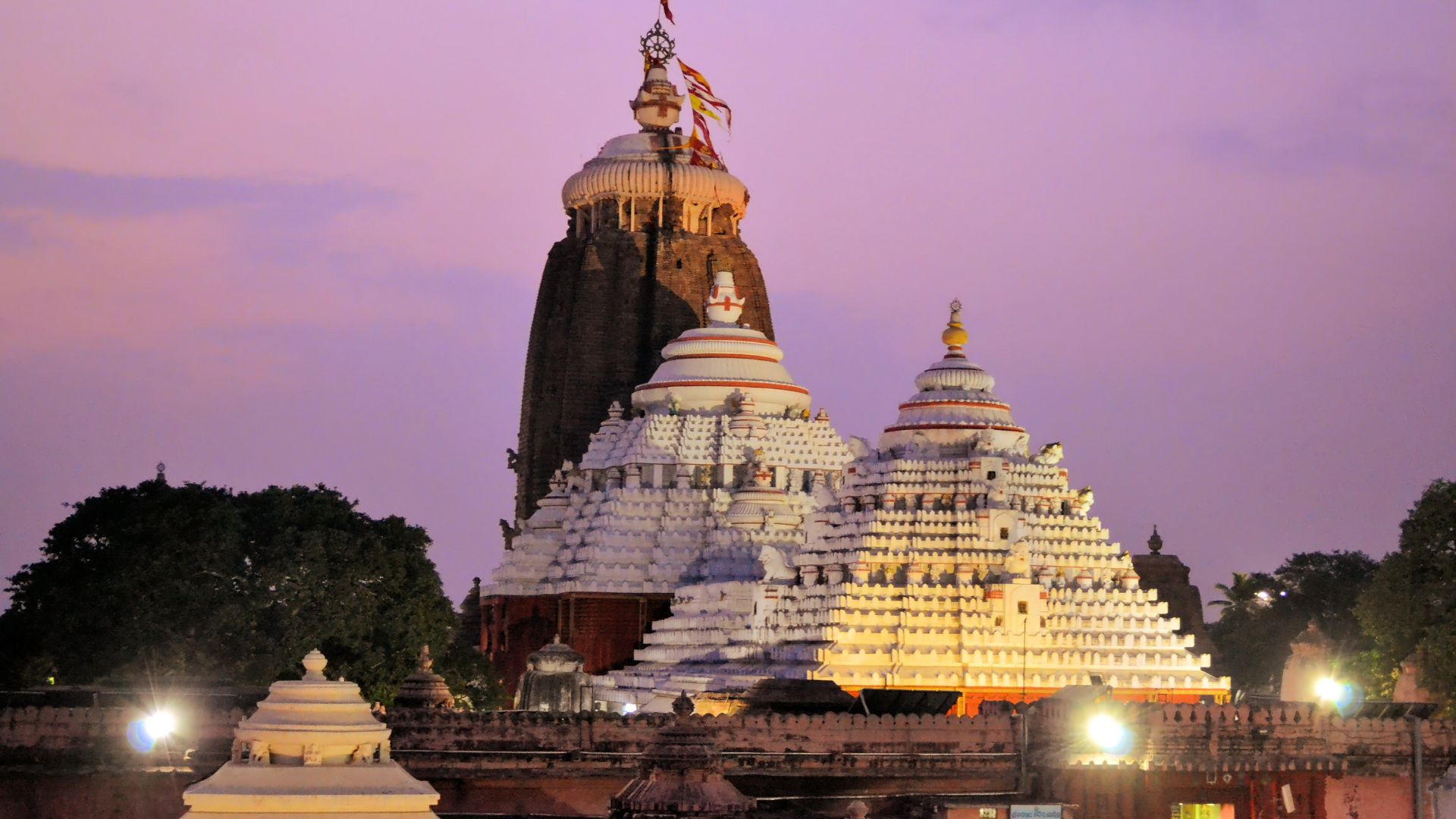
Shree Jagannath Temple, located in Puri, Odisha, is one of the most revered pilgrimage sites in India and a significant part of the Char Dham Yatra. Dedicated to Lord Jagannath, an incarnation of Lord Vishnu, the temple is renowned for its unique idol forms of Jagannath, Balabhadra, and Subhadra, which are carved from wood and replaced every 12 years in a ritual known as Nabakalebara. The temple’s architecture is a fine example of the Kalinga style, with its towering spire visible from miles away, symbolizing devotion and grandeur.
The temple is globally famous for its annual Rath Yatra (Chariot Festival), where massive, beautifully decorated chariots carry the deities through the streets of Puri. This grand event draws millions of devotees and tourists from across the world, creating an atmosphere of unmatched spiritual fervor. The temple’s kitchen is considered one of the largest in the world, preparing thousands of meals daily for devotees, all cooked traditionally using firewood in earthen pots.
Non-Hindus are not allowed inside the temple premises, but they can view the majestic structure from the nearby Raghunandan Library or other vantage points. The temple complex also holds many smaller shrines, each with its own historical and spiritual significance. Visiting Shree Jagannath Temple is not only a religious journey but also a cultural immersion into Odisha’s rich traditions.
Best time to visit: October to February
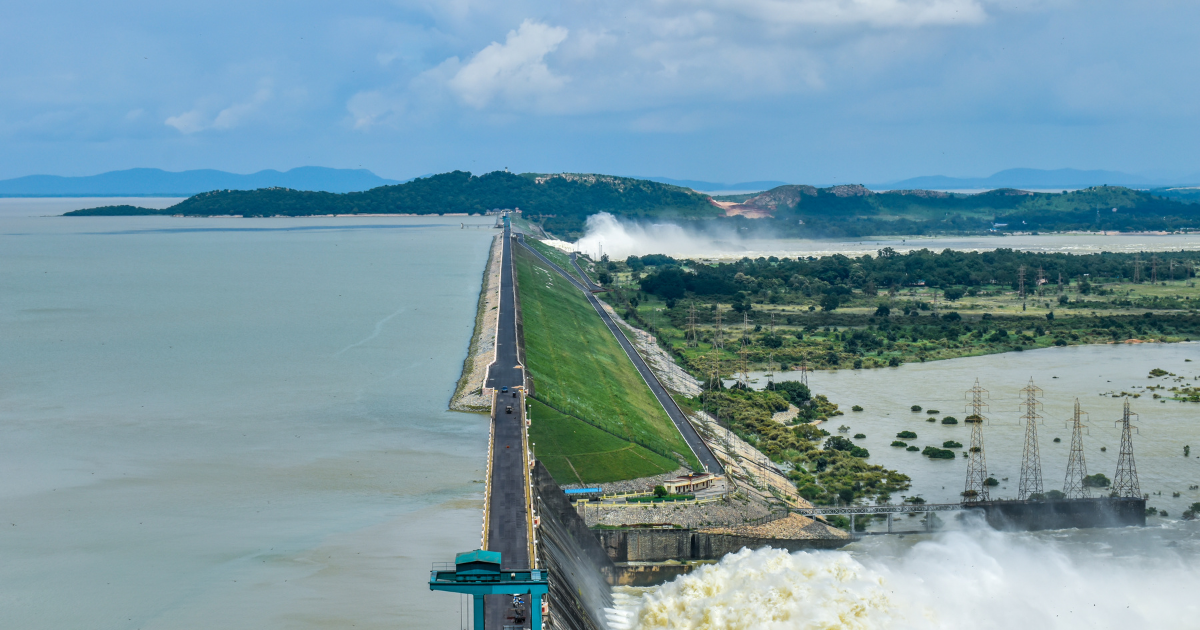
Sambalpur, located in western Odisha, is a city rich in culture, history, and natural beauty. It is famous for the Hirakud Dam, one of the longest dams in the world, which stretches across the Mahanadi River and offers breathtaking views, especially during sunrise and sunset. The city is also known for Sambalpuri handloom sarees, which showcase intricate designs and traditional craftsmanship, making them popular across India.
Apart from its industrial significance, Sambalpur is steeped in cultural heritage, with landmarks like Samaleswari Temple, dedicated to Goddess Samaleswari, the presiding deity of the region. The temple attracts thousands of devotees, especially during Nuakhai, the famous harvest festival celebrated with great enthusiasm. Nature lovers can explore nearby attractions like Debrigarh Wildlife Sanctuary and the scenic Cattle Island.
Sambalpur offers a blend of urban conveniences and natural wonders, making it an excellent travel destination for those seeking both relaxation and adventure. Visitors can also enjoy the local cuisine, which combines flavors of western Odisha with traditional Odia dishes.
Best time to visit: October to February
